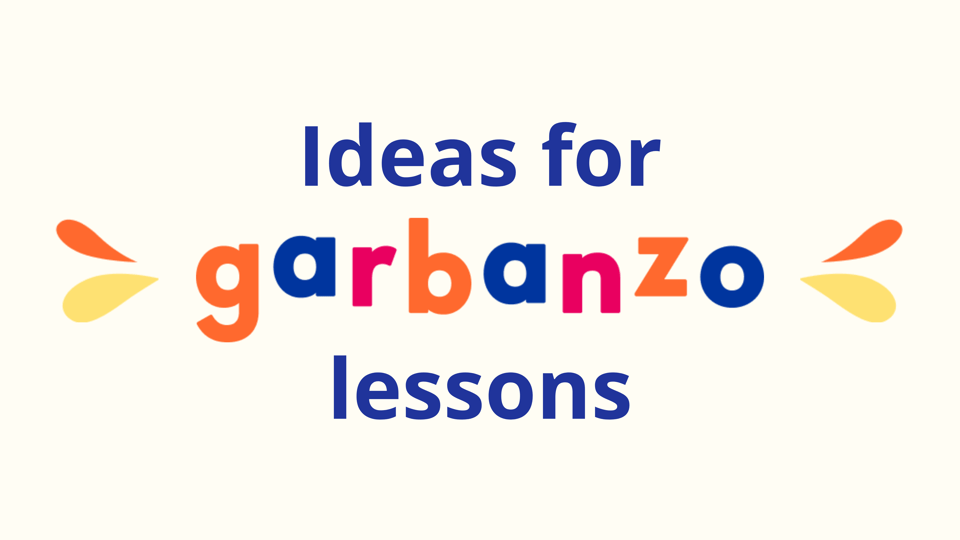Say the word “dictation” in your classroom and it might feel like you've conjured up the schoolhouse of teachers past: students dutifully writing lines and lines of repeated words in an effort to memorize spelling (as was dictation’s traditional purpose, one that, as this blog post notes, is debatable at best)
Despite dictation’s traditional purpose, it might not be quite time to label dictation as outdated. There’s solid research that links writing by hand and learning and in a comprehensible-input oriented, acquisition-driven classroom, listening is a key factor in acquisition.
When used efficiently, dictation combines all of the above.
It all depends on the approach.
How to use dictation in a comprehensible input classroom
In classic dictation, students might preview a text, memorize it to the best of their abilities in preparation for the dictation, and then listen and transcribe the text as the teacher reads it out loud, noting punctuation changes along with the words.
Unfortunately, this method can become less a marker of someone’s overall progress in language or even listening, and more of a penalty to students whose memorization skills might not be as adept as others.
Instead, as Martina notes, consider using dictation as a formative assessment.
Why? It’s a clear way to see how much students comprehend language in any given text and where they might be getting stuck.

How to use dictation with Garbanzo
Additionally, while traditional dictation requires the teacher to read out loud, using Garbanzo audio allows students to hear a native speaker reading the texts. This helps students acquire correct pronunciation of language in context.
First, find a suitable Garbanzo text (we’ve provided some options later in this blog post).
Project the lesson and read it together with your class. This will already give you an initial indication of students’ comprehension levels pre-dictation. There’s a difference in tone when reading something out loud that we understand or not, and you’ll be able to hear it in students’ voices.
Next, play three audio clips from different slides within the lesson while your students write down the dictation for each.
Using a formative assessment with dictation
Remember: when we’re using dictation as a formative assessment, we’re not looking to grade for spelling errors or even necessarily correct them. Instead, we’re using errors as an assessment of student comprehension – the more errors there are, the more we understand that the student has trouble linking the sounds to the words.
Additionally, while we’re using spelling errors as information for us, the teacher, we are NOT assessing the student’s dictation work for grammatical errors.

Ideas for Garbanzo lessons
Audio lessons
Garbanzo has over 1.5K+ audio lessons available so choosing one depends on the level and abilities of your students and how much class time you’d like to spend on the dictation.
If you want to use it as a campanada, consider using short beginner text.
If you’d like to use it as a longer assessment activity, Garbanzo has a wide range of texts available for different levels (you can search for lessons with this filter). For the purpose of dictation, avoid texts that have a large amount of words that imitate sounds to avoid making it unnecessarily difficult for students to link sounds and words.
For example, our Matamoscas lesson is a popular one, but it wouldn’t necessarily work well with dictation as it lists the kinds of noises different animals make.
Beginner:
Intermediate:
Advanced: Consider using a text from one of the news stories in “El mundo en tus manos,” like:



